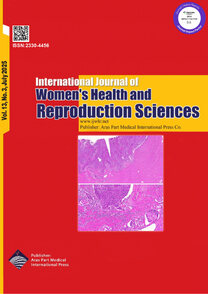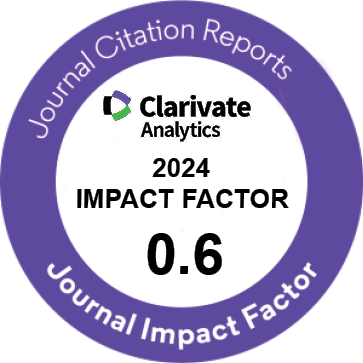| Original Article | |
| Isolation of Viable Ovarian Cells From Cryopreserved Ovarian Tissues of Women Undergoing Chemotherapy Induced Premature Ovarian Failure (Chemo-POF) and Their Qualification by Flow Cytometry | |
| Sara Khaleghi1, Farideh Eivazkhani2, Ashraf Moini3,4, Marefat Ghaffari Novin1, Hamid Nazarian1, Rouhollah Fathi21 | |
| 1Department of Biology and Anatomical Sciences, School of medicine, Shahid Beheshti University of Medical Sciences, Tehran, Iran 2Department of Embryology, Reproductive Biomedicine Research Center, Royan Institute for Reproductive Biomedicine, ACECR, Tehran, Iran 3Department of Endocrinology and Female Infertility, Royan Institute of Reproductive Biomedicine, ACECR, Tehran, Iran 4Breast Disease Research Center (BDRC), Tehran University of Medical Sciences, Tehran, Iran |
|
|
DOI: 10.15296/ijwhr.2023.42 Viewed : 2770 times Downloaded : 2339 times. Keywords : Cryo-banked ovarian cells, Chemo-POF patients, Flow cytometry |
|
| Full Text(PDF) | Related Articles | |
| Abstract | |
Objectives: Female cancer patients undergoing chemotherapy have an elevated risk of developing premature ovarian failure (POF) and infertility. Therefore, this study aimed to isolate the ovarian cortex cells from the cryo-banked ovarian tissues undergoing chemotherapy or radiotherapy for in vitro culture or seeding into the artificial ovary. Materials and Methods: Ovarian tissues were obtained from five chemotherapy induced premature ovarian failure (Chemo-POF) women. The ovarian medullas were carefully removed. The cortex was finely minced and enzymatically digested, and the isolated cells were fixed. As for cell characterization, flow cytometry for vimentin (stromal cells), FSH-R (granulosa cells), and OCT-4 (oogonial stem cells) were performed. The evaluation was carried out in order to isolate the ovarian cortex cells from Chemo-POF women and qualify them by flow cytometry. Results: Flow cytometry showed that 90% of isolated cells were vimentin-positive. Out of this pool, 4%-5% were granulosa cells and 2%-3% were oogonial stem cells. Consequently, the population of ovarian stromal cells was 90%. Moreover, the stromal cells represented the larger population of cells in the human ovarian cortex. Conclusions: It was concluded that alive cells, including stromal cells, granulosa and oogonial stem cells (OSCs) , may have been isolated from the ovaries of Chemo-POF patients undergoing chemotherapy. |
Cite By, Google Scholar
Google Scholar
PubMed
Online Submission System
 IJWHR ENDNOTE ® Style
IJWHR ENDNOTE ® Style
 Tutorials
Tutorials
 Publication Charge
Women's Reproductive Health Research Center
About Journal
Publication Charge
Women's Reproductive Health Research Center
About Journal
Aras Part Medical International Press Editor-in-Chief
Arash Khaki
Mertihan Kurdoglu Deputy Editor
Zafer Akan






















